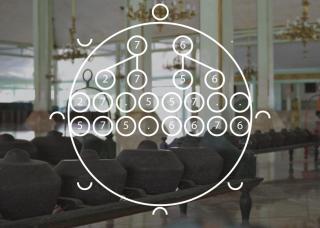The Classical Javanese Gamelan in Modern Computational Context
Antonius Oktaviano Wiriadjaja
While trying to make practice instruments to become a better musician, I discovered even though there are relationships between classical Javanese Gamelan structures and present-day computer algorithms, not everyone welcomes new technologies to the world of non-Western music.
http://gamelan.antoni.us

This project began with the aim of developing a set of portable and mobile tools for learning, recording and performing Javanese Gamelan music. A classical Javanese gamelan orchestra is comprised of several heavy metallophones, large inverted pots and large gongs. Musicians can specialize with specific instruments, but often must rehearse on several different types in order to keep a cohesive understanding of the music. The centuries-old musical structures foreshadowed algorithms used in present-day programming, allowing an ease of transition from musical to computational context. Modular portable sensors that give visual, haptic and sonic feedback can simulate the feel of real instruments, allowing for rehearsals on-the-go. Computer vision can be used as a digital mentor to parse certain body movements and give feedback. Developments in web video technology create communication between geographically distant tutors and students. But certain interpretations of what is and what isn’t culturally appropriate create barriers to the introduction of new technologies. My project questions the role of new media in the context of traditional folk arts and why people value the importance of passing down long established customs to future generations.


